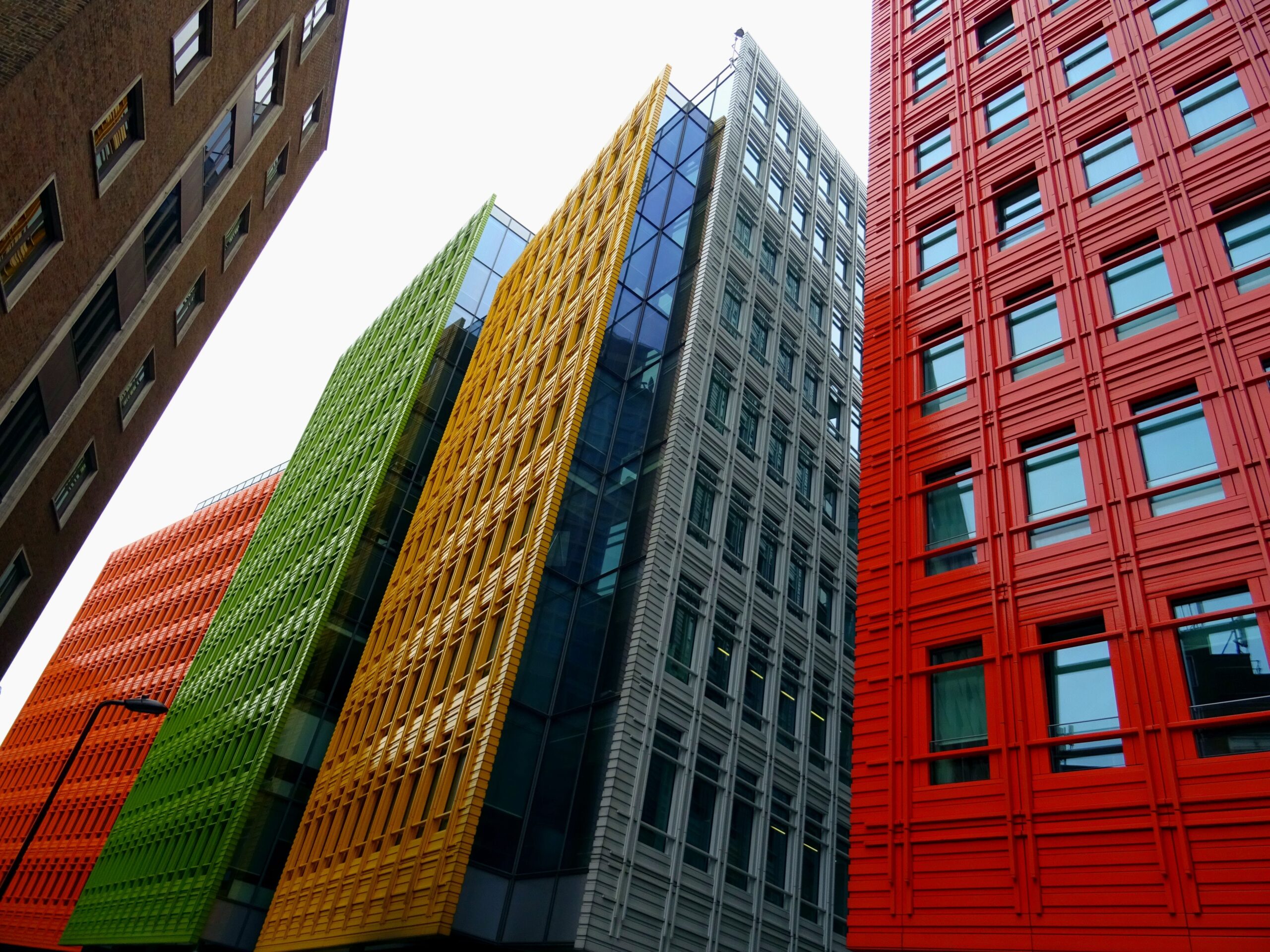
28 Jan What’s a Cap Rate, And How Do Real Estate Investors Use It?
How do you know if a particular property is a good deal? What analysis should you conduct?
Anyone looking to build wealth through rental properties – whether they are single family homes, apartment complexes, or commercial buildings – needs to know how to calculate and interpret the capitalization rate. The cap rate, as it is commonly known, indicates the rate of return on a particular property while also providing insight into the potential risk. The cap rate is a ratio of an income property’s net income relative to its purchase price or intrinsic value.
Capitalization Rate = Net Operating Income / Market Value
A variant of the cap rate formula substitutes the market value for the purchase price. After all, if you’re evaluating a potential deal, you want to know if the seller’s asking price is reasonable.
Capitalization Rate = Net Operating Income / Purchase Price
It’s possible that the purchase price and market value may be the same, particularly if the property is well-marketed and neither the property nor the seller are distressed.
If you buy the property with all cash, the cap rate gives a fairly direct insight into how long your investment will take to be recapitalized. For example, let’s say the cap rate is 10%. That indicates it may take 10 years for you to recoup your initial capital outlay.
Significance of the Cap Rate
The cap rate serves as an indicator of the rate of return an investor can expect. A higher cap rate typically suggests a potentially higher return but may also correlate with increased risk. The risk factors may end up creating a lower return. Conversely, a lower cap rate implies a lower return but may be associated with a more stable and lower-risk investment.
Imagine the same builder constructed identical buildings in the same city, although one was built in the desirable downtown area and the other in a rough neighborhood on the outskirts. The downtown building has higher rents and less vacancy. The building on the edge of the city has lower rents and higher vacancy. The downtown building has higher maintenance costs and higher property taxes than the other one. Interestingly, the downtown building has a cap rate of 6% and the other one has a cap rate of 12%.
The cap rate implies that the building with the 6% cap rate will be more appealing to investors because of higher price appreciation, higher rents, lower vacancy, and lower risk. A higher cap rate indicates a lower potential return on investment, as values may not appreciate as much, rents may not be as high, and vacancy may be an issue. However, some investors may lean toward the property offering a higher cap rate, as they may find the risk acceptable or perhaps even lower the risk with solid management. A higher cap rate could indicate a problem with the building, yet that may be easily rectified with some repairs or upgrades. A lower cap rate may reflect that the building is in great shape.
Interpreting cap rates requires a nuanced approach. Investors must strike a balance between risk tolerance, return expectations, and the specific market conditions.
When I was a brand new investor, the first property I bought was a fully-occupied 5-unit apartment building in inner-city Philadelphia. I purchased it sight-unseen at an auction of properties that a real estate brokerage had failed to sell through traditional listings. Why did I bid on that property? On the flyer at the auction, the building had a 17% cap rate and it was fully occupied. I couldn’t find such a high cap rate anywhere else, so I impulsively bought it. It turned out to be a huge mistake. While all five units were occupied, only one of the tenants ever paid me any rent. And that one tenant who paid me was in a lease for just $350 a month. The property had significant problems, from roof leaks to sewage backups to a leaking gas line to knob and tube wiring with fuses.
The cap rate helps investors compare properties that are different. For example, let’s say the prevailing cap rate in the downtown area is 6% to 7%. Some buildings are entirely comprised of apartments while others are mixed-use properties. Let’s say that one apartment complex has a cap rate of 5% while a mixed-use building next to it has a cap rate of 7%. An investor might believe that the apartment complex is overpriced while the mixed-use building is properly valued.
Calculating the Cap Rate
Before comprehending the cap rate, it’s essential to grasp the concept of Net Operating Income. NOI is calculated by subtracting a property’s operating expenses from its gross rental income. Once you have the gross rental income, you need to factor in vacancy. In many areas, 5% vacancy (17 unrented days a year) is the norm.
Operating expenses include property management fees, property taxes, insurance, and maintenance costs. The resulting figure represents the property’s profitability before factoring in financing costs. In other words, mortgage payments are not included in the NOI and cap rate calculations because some investors buy in cash and some use a loan.
For example, let’s say that you’re evaluating a $900,000 multi-unit listing. The listing broker advertises that the gross rent is $10,000 a month. That is $120,000 per year, and now you factor in a 5% vacancy rate. That means the income is $114,000 for the year. The listing broker advertises that repairs, maintenance, insurance, utilities, and taxes add up to $50,000. The NOI is then $114,000 minus $50,000, which equals $64,000.
NOI: $114,000 – $50,000 = $64,000
Now you plug in the asking price of $900,000 to the cap rate formula. (Cap Rate = NOI / Purchase Price)
Cap Rate: $64,000 / $900,000 = 7.11%
You examine other properties in that area that have recently sold. Let’s say the prevailing cap rate for properties in a similar condition range from 6.5% to 7.5%. This property may seem like it is reasonably priced and a good value.
What is a Good Cap Rate?
The cap rate can depend on the area. My wife and I try to stay within a cap rate window of 6% to 10%. Some investors say they will only consider properties with a cap rate of 10% or higher. In a Seller’s Market, cap rates tend to go down for many properties since there is so much demand. My wife and I want lower vacancy, lower risk, positive cash flow, and a higher potential for appreciation.
Your Financing
If you are borrowing money to make the deal happen, the amount of the down payment, loan fees, the loan term, and the cost of interest can affect your ROI. A bigger down payment means a smaller loan. A higher interest rate will eat into your cash flow.
Difference Between Cap Rate and Return on Investment
ROI is a calculation based upon a specific period of time. For example, you may want to calculate the ROI for the next five years should you purchase the property at the asking price. Cap rate tells you what the ROI was in the past year so you can evaluate if you should pursue a purchase of this property or another one.
Understanding capitalization rates is essential for anyone involved in real estate investment. It serves as a powerful tool for evaluating the potential profitability and risk associated with income-generating properties. While cap rates provide valuable insights, they should be used in conjunction with other financial metrics and a thorough analysis of market conditions. By mastering the art of interpreting cap rates, investors can make informed decisions that align with their financial goals and risk tolerance in the dynamic world of real estate.
Tai DeSa is a graduate of The Wharton School of the University of Pennsylvania. He became a full-time real estate investor in 2004 after serving in the U.S. Navy. Tai made colossal mistakes in investing (and learned some things along the way). Tai has coached hundreds of entrepreneurs, real estate investors, and real estate agents on how to increase their income and net worth. He has helped hundreds of homeowners avoid foreclosure through successful short sales. Check out Tai’s books on Amazon.com. Tai may be available for coaching and speaking engagements on a variety of real estate topics. Send an email to tai@investandtransform.com.






No Comments